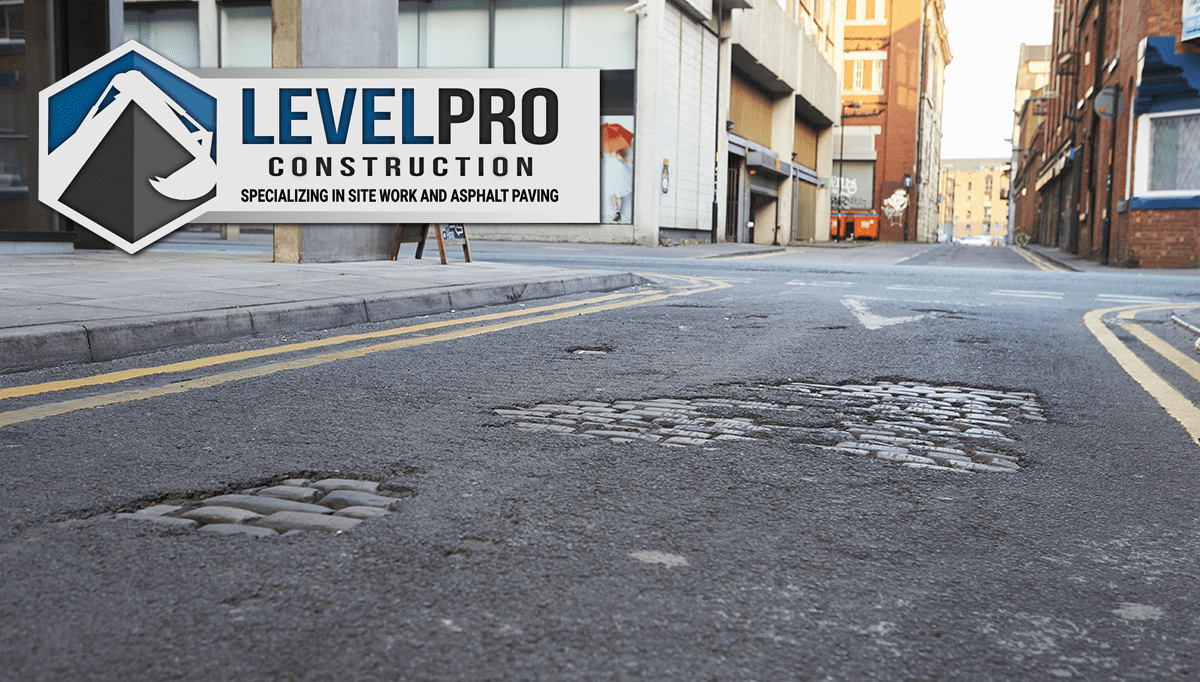Potholes – we all know that they are a nuisance. Nearly every driver has had to confront a pothole during their time on the road. They can range from a small divot to huge chunks missing out of the middle of the road. Potholes are often considered to signal local bureaucratic incompetence – a small problem that can’t be fixed due to red tape. However, these small bumps in the road have much more going on than initially seems. Read on to learn all about potholes, including how they are fixed.
How Do Potholes Develop?
There are two primary ways that potholes develop, both of which begin with water. Large amounts of water is one of asphalt’s biggest enemies. In cooler climates, the water sneaks into the cracks in the asphalt, and then sifts states. As the water freezes and unfreezes, it expands the cracks in the road until there is a soft spot in the road. In warmer climates, where water doesn’t get much of a chance to freeze, water simply erodes at the asphalt by constantly trickling through. Either way, the soft aspalt or eroded soil or subgrade gives out as a heavy weight passes over it. The more vehicles that pass over the spot, the more it gives until it collapses entirely into a pothole.
What Sort Of Damage Do Potholes Do?
- Tire problems, including flat tires, cracked tires, or bulging tires.
- Issues in the wheel rims, such as dents and cracks.
- Problem with wheel alignment, which will present as the vehicle suddenly pulling to the left or right.
- Undercarriage damage, which presents as fluid leaks under the car, or issues with the exhaust
- Ruin the suspension
How Are Potholes Resolved?
Potholes are typically repaired with a substance called cold-patch. Cold-patch is easier and cheaper than repaving, but provides repairs that last, even with extreme weight. Potholes can also be filled with a hot mix, but that is less common. Hot mix is essentially filling the spot in with a small batch of asphalt. Cold-patch is a fairly simple repair tool. While traditional cold-patch needs no other ingredients, there is also water-activated cold-patch available.
Cold-patch Repair
- Clean the pothole out. Remove large rocks and other debris. If this is not cleaned out, the debris may create space between the patch material and itself. That space will make the pothole collapse again fairly quickly.
- The cold patch is spread in the clean pothole. The pothole should be overfilled with the cold-patch material by about half an inch. Ensure that the material is spread as evenly as possible, in order to avoid an uneven repair.
- After the hole is full, the cold-patch material can be compacted down. It can be compacted with a hand tamper, car tires, or other heavy object. Just ensure that the material is even and fully compacted. If it is left even a little loose, water can find its way in and ruin the repair work.

